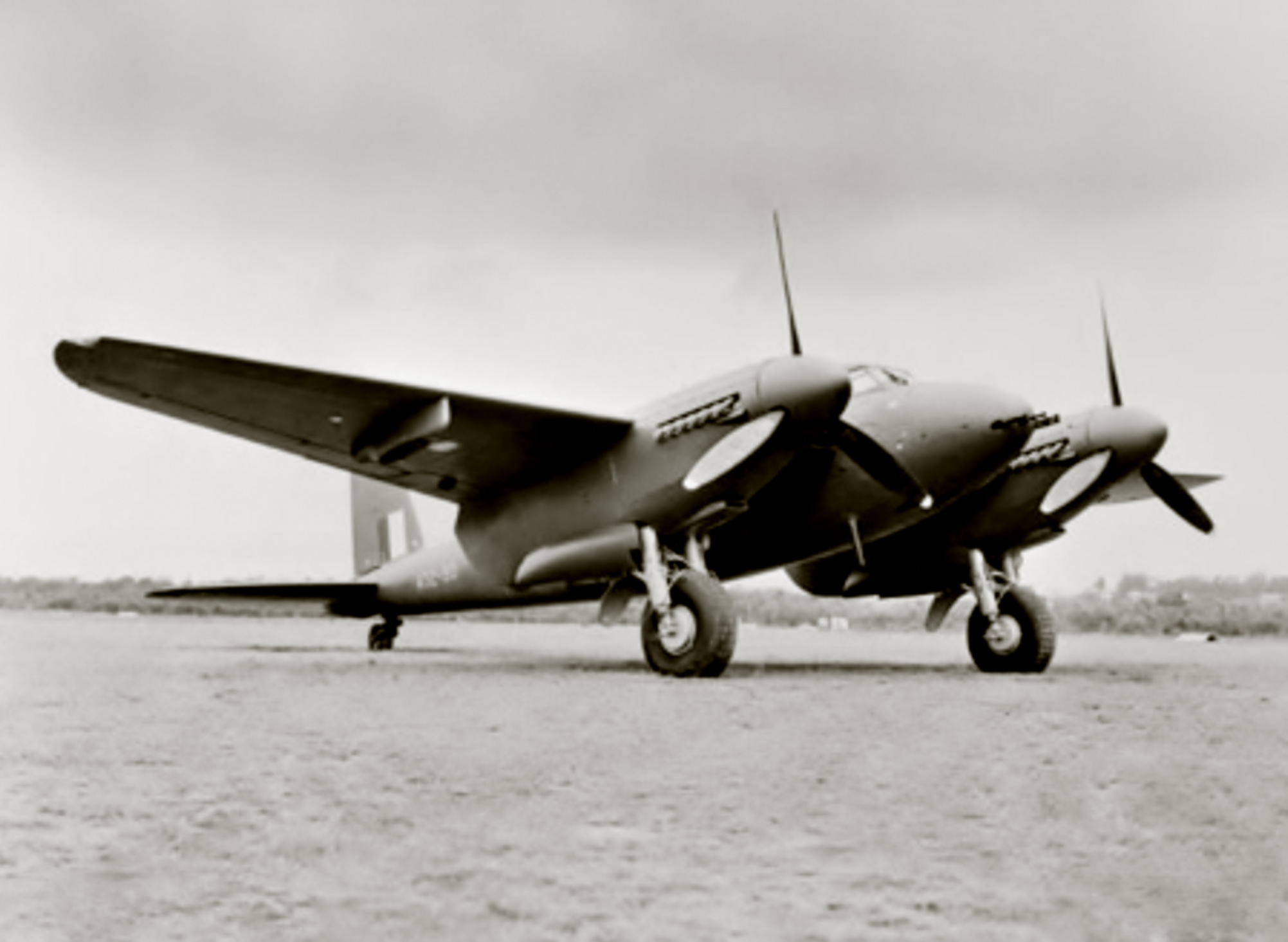GregP
Major
Thought this might be interesting. This aircraft has been a guest at Planes of Fame for about 2 months.
It is owned by Charles Sommers of Sacramento, CA, U.S.A.
View: https://youtu.be/z5P77VrRmaA
It is owned by Charles Sommers of Sacramento, CA, U.S.A.
View: https://youtu.be/z5P77VrRmaA


